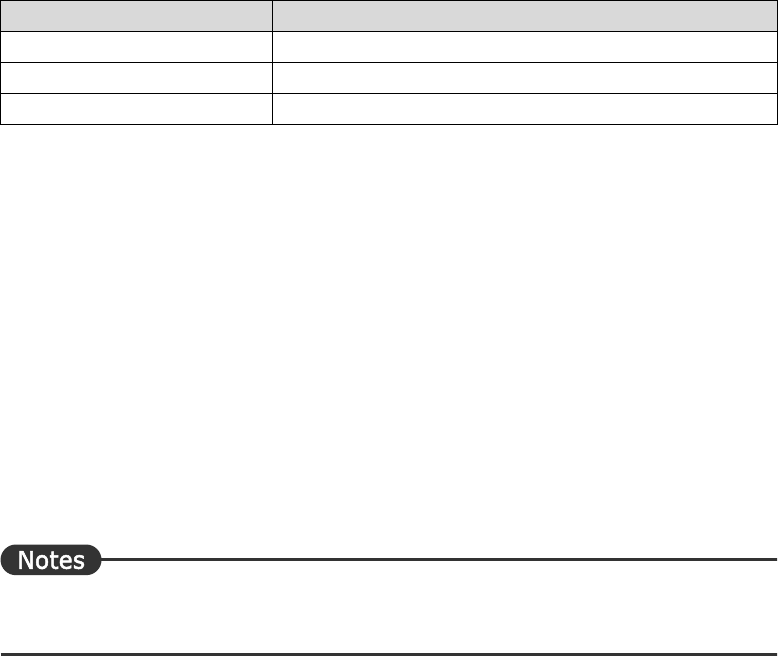
212
Advanced Techniques
(
2
)
MUST BE
Specifies how "must be" should be translated.
■ Brackets
(
1
)
Control, Non-Translation Brackets
Sets symbols used to mark sections in the original text for controlling or for non-translation to
either of the following sets of brackets: [ ] or 〔〕 , { }, < >, or 【 . ATLAS translates the original
by handling ranges enclosed in the specified brackets as controlling or non-translation sections.
For details, please refer to " Selecting a Text String as a Translation Unit [Insert Control
Brackets]" in "Introduction", on page 12, and " Selecting a Non-Translation Text String [Insert
Non-Translation Brackets]" in "Introduction", on page 14.
(
2
)
Spelling Check Mark Brackets
Sets the marks to be used for executing spelling check on the original text to either of the
following sets of brackets: 【】 , { }, < >, [ ] or 〔〕 . With the [Spelling Check] command
selected, ATLAS checks for misspelled words and words not included in dictionaries, and then
displays those words enclosed in the specified type of brackets.
For details, please refer to "2.9 Checking Spelling Errors [Spelling Check]" in "Basics", on page
64.
The same type of brackets cannot be set for "Control, Non-Translation Brackets" and
"Spelling Check Mark Brackets."
Original text She must be sick.
Setting Translated text
Auto
彼女は病気であるに違いあ り ません。
~に違いあ り ません 彼女は病気であるに違いあ り ません。
~でなければな り ません 彼女は病気でなければな り ません。


















